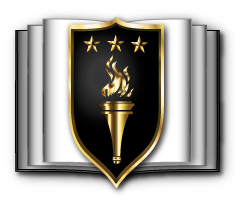
School of Strategic Landpower (SSL)
Department of Distance Education (DDE)
Department of Military Strategy, Planning, and Operations
(DMSPO)
Department of Command, Leadership, and Management (DCLM)
Department of National Security and Strategy (DNSS)
US Army War College
Department of National Security and Strategy
Mission:
The Department of National Security and Strategy develops and conducts instruction focused on national security and national military strategy. It draws on the academic disciplines of international relations, politics, economics, regional studies, history, and national and international security studies to prepare students for senior positions in the national security establishment.